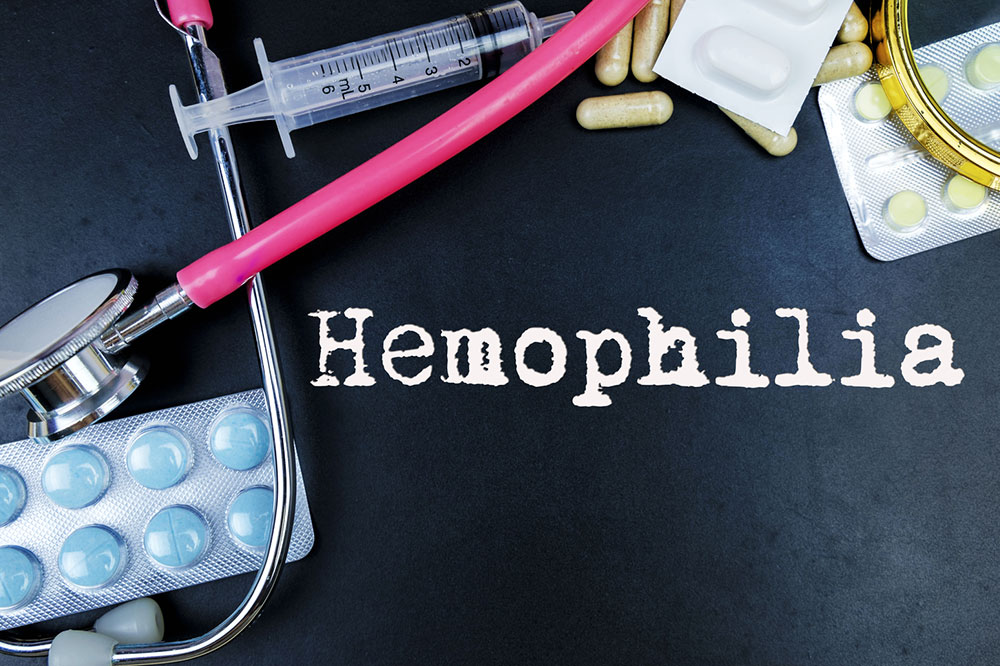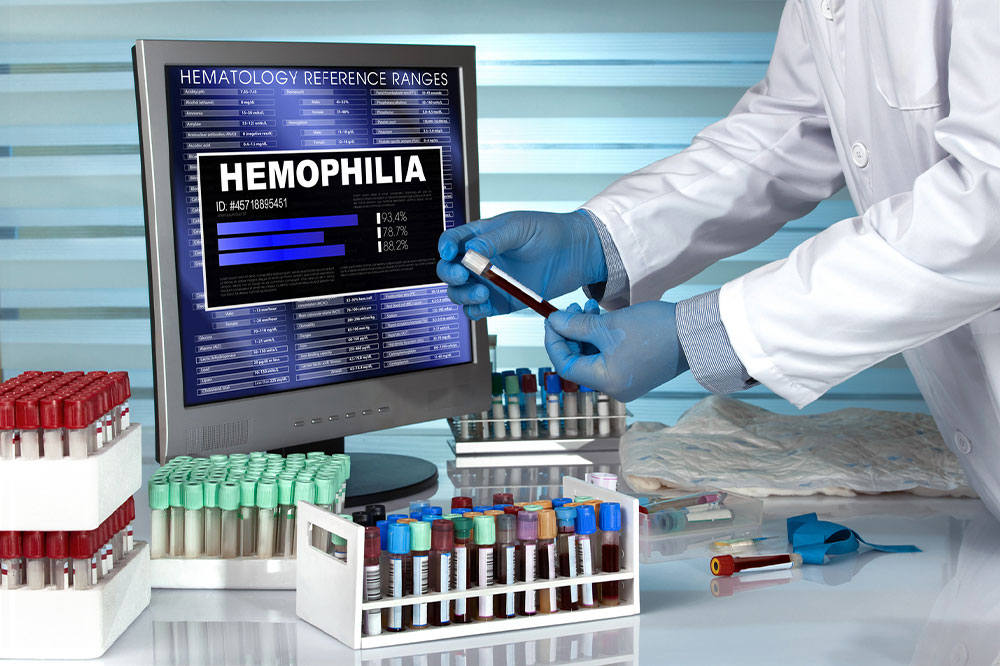Comprehensive Guide to Hemophilia Management: Effective Strategies for Patients
This comprehensive article explores the top five strategies for effectively managing hemophilia. It covers clotting factor replacement, immune tolerance therapy, surgical options, hormonal treatments, and lifestyle modifications, providing detailed insights for patients and healthcare providers. An essential resource for improving quality of life and preventing complications in hemophilia care.

Comprehensive Guide to Hemophilia Management: Effective Strategies for Patients
Hemophilia is a rare but serious genetic disorder that impacts the blood's ability to clot properly. Characterized by a deficiency in specific clotting proteins, hemophilia leads to prolonged bleeding episodes that can affect various parts of the body, including joints, muscles, and internal organs. Although there is currently no cure for hemophilia, advancements in medical treatments and management strategies allow patients to lead relatively normal lives. Proper management not only minimizes bleeding episodes but also helps prevent long-term complications such as joint damage and chronic pain.
In this comprehensive guide, we delve into the top five strategies for effective hemophilia management, providing vital information on how patients and healthcare providers can work together to optimize treatment outcomes, improve quality of life, and prevent severe complications.
1. Clotting Factor Replacement Therapy
One of the cornerstone treatments for hemophilia is clotting factor replacement therapy. This involves intravenously administering missing or deficient clotting proteins to help restore the blood's ability to clot. These replacement factors can be derived from human blood plasma or produced synthetically through recombinant DNA technology, ensuring consistency and safety. The treatment can be used either episodically, during bleeding episodes, or as a prophylactic measure, administered regularly to prevent spontaneous bleeds—particularly in severe cases.
Patients with hemophilia typically require personalized dosing schedules based on their severity of the condition, activity level, and response to therapy. Regular infusions help keep clotting factor levels sufficient to prevent bleeding, especially in joints and muscles, where bleeds can cause permanent structural damage. Advances in infusion technology, such as subcutaneous injections and programmable infusion devices, are making therapy more convenient and less invasive for patients.
2. Immune Tolerance Induction (ITI) Therapy
In some patients, especially those with severe hemophilia A, the immune system may develop inhibitors or antibodies against infused clotting factors. The presence of inhibitors makes treatment less effective and complicates management. To combat this, immune tolerance induction (ITI) therapy is employed. ITI involves administering frequent and high-dose clotting factor infusions over several months or years with the goal of retraining the immune system to accept the infused factors as normal and reduce or eliminate inhibitor production.
Consistent monitoring of inhibitor levels through laboratory testing is essential during therapy. Successful ITI can significantly improve treatment efficacy and reduce bleeding risks, restoring the effectiveness of standard replacement therapy. While ITI can be demanding and time-consuming, it offers hope for improved long-term outcomes for patients with inhibitors.
3. Surgical and Interventional Procedures
Severe or recurrent joint bleeding caused by hemophilia can result in significant cartilage deterioration, tissue damage, and reduced joint function. In such cases, surgical intervention may become necessary to repair or replace damaged joint structures. Procedures range from minimally invasive arthroscopic synovectomy—removing inflamed synovial tissue—to full joint replacement in advanced cases where joint destruction is extensive.
Preventive surgical measures aim to restore mobility and eliminate recurrent bleeding, thereby improving the patient's quality of life. Coordinating surgery with appropriate factor replacement therapy is crucial to control bleeding risks during and after procedures. Advances in minimally invasive techniques have reduced recovery times and complications, making surgical management a vital component in comprehensive hemophilia care.
4. Hormonal and Pharmacological Treatments
For individuals with mild hemophilia, certain hormonal therapies can temporarily boost natural clotting factor production. Desmopressin (DDAVP) is the most commonly used hormone-based drug, which stimulates the release of stored clotting factors from the body's tissues. It can be administered via injection or nasal spray, providing quick relief during bleeding episodes or prior to dental procedures or surgeries.
Hormonal treatments are particularly effective for mild cases and are often used as adjuncts to other therapies. They offer a non-invasive approach to manage bleeding and reduce the frequency of spontaneous hemorrhages. Careful monitoring of response and side effects is necessary when using hormonal therapies to ensure safety and effectiveness.
5. Medications and Topical Hemostatic Agents
During acute bleeding episodes, medications that promote clot formation are essential for rapid hemostasis. Topical hemostatic agents such as fibrin sealants, collagen sponges, and coagulation adhesives can be applied directly to bleeding sites to aid clotting. These agents help create a physical barrier to bleeding and activate the body's natural clotting pathways.
In addition, systemic medications like antifibrinolytics (e.g., tranexamic acid and aminocaproic acid) can be prescribed to stabilize blood clots and prevent their premature breakdown. These drugs are especially useful in controlling mucosal bleeding in the mouth, nose, or gastrointestinal tract. Proper use under medical supervision ensures effective bleeding control while minimizing potential side effects.
6. Physical Therapy and Lifestyle Adjustments
Managing joint health is critical in hemophilia care. Regular physical therapy helps strengthen muscles around affected joints, improve flexibility, and reduce the risk of bleeds. Techniques may include range-of-motion exercises, aquatic therapy, and targeted strengthening routines. Physical activity, with proper precautions, encourages joint stability and overall wellness.
Maintaining a safe lifestyle is equally important. Patients should avoid high-impact activities or contact sports that increase bleeding risk. Using protective equipment during physical activities and ensuring prompt treatment of injuries can prevent severe bleeds and long-term joint damage. Collaborating with healthcare providers and physical therapists ensures tailored plans that support both safety and fitness.
In conclusion, effective management of hemophilia requires a multifaceted approach that combines advanced medical treatments, surgical intervention when necessary, lifestyle modifications, and ongoing monitoring. Patients and healthcare teams working together can substantially mitigate bleeding episodes and prevent complications, enabling individuals with hemophilia to enjoy healthier, more productive lives. Continuing research and innovations promise even more effective therapies in the future, making the journey toward better management ever more promising.





